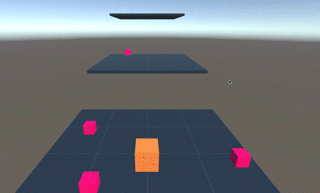Description
Cubic Supremacy is a multiplayer 3D platformer game with a minimalist cube art style, and the surface objective of climbing to the top of the level, and the deeper objective of using this to explore the mechanisms of social inequality. As you climb, mine for gold, and use that to buy powerups that let you jump higher, and unlock new areas. Some players will start off with the privilege of more access to the map, and the ability to get more out of their work, but don’t worry, everyone can succeed if they just work hard enough.
Art/Research statement
My goal is to give players the dual experiences of living with and without privilege, to understand firsthand how these affect outcomes, and hopefully get players to transfer this analogy to real life, and gain a broader perspective on the world. There are a lot of people with privilege who do not fully appreciate the benefits this confers, and the goal is to get these people to empathize with those with less privilege, appreciate what they have, and understand that people’s success must be evaluated in the context of what they were given.
The experimental elements would be to use platformer and RPG mechanics to represent these societal mechanics. These mechanics are intentionally very transparent, as the goal is understanding of these mechanics, and what they correspond to in the real world. The minimalistic art style will hopefully serve to remove any distractions, and reinforce focus purely onto the mechanics. Multiplayer is the third pillar of the game, serving to engender competition, which leads to comparison, which leads to an investigation of fairness, which discovers the imbalance. The goal is that players will agree: while with sufficient work, either player could win and be successful, the one with privilege has a substantial advantage, and all other things being equal, would win.
Mock Screenshot
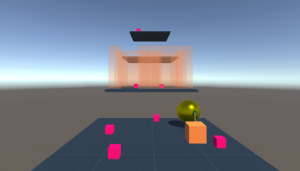
Game references
Loneliness (http://www.kongregate.com/games/jordanmagnuson/loneliness)
– A notgame exploring being lonely. Minimalistic art, and very very simple mechanics make the game’s message very clear.
Thomas Was Alone
– An example of storytelling with minimal art.
Parable of the Polygons
– Reference for the use of abstract concepts to represent a social issue.
Non-game references
Straight White Male: The Lowest Difficulty Setting There Is
– A direct influence on the game, I’m using some of the core game mechanics in this article.
This Brilliant Comic Strip On Rich Vs Poor Upbringing Will Humble You
– Illustrates the accumulation of advantages.
https://www.washingtonpost.com/news/wonkblog/wp/2014/11/27/poor-kids-who-do-everything-right-dont-do-better-than-rich-kids-who-do-everything-wrong/
– Somewhat of a guide, and justification for the difficulty of the game, and disparity between starting conditions.
Outliers by Malcolm Gladwell
– A book exploring the story of success, and how important “where you’re from” truly is, in ways you wouldn’t have thought of, even if you can already imagine some ways.
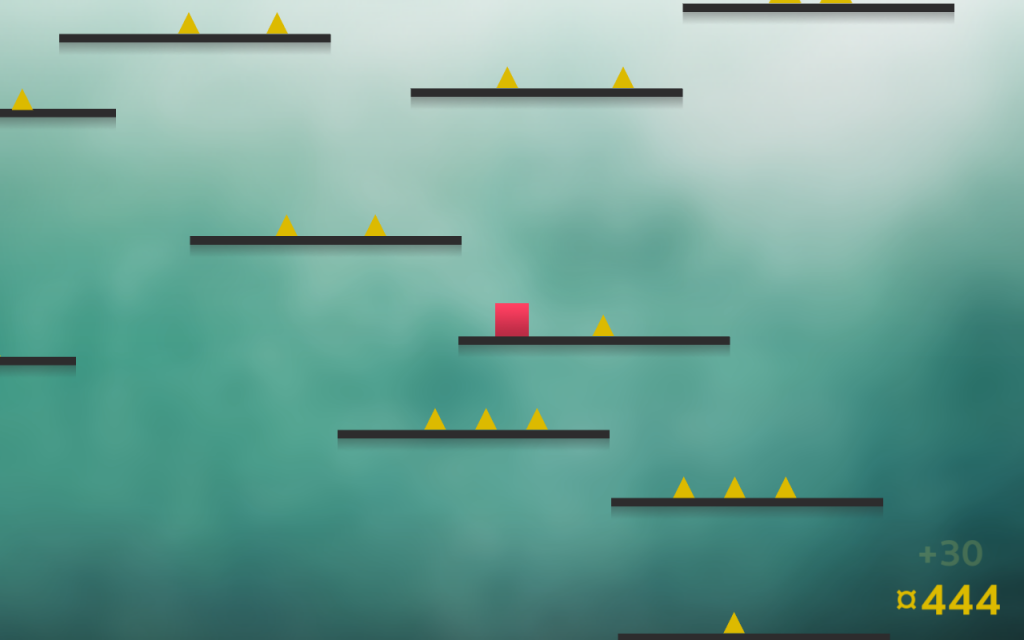
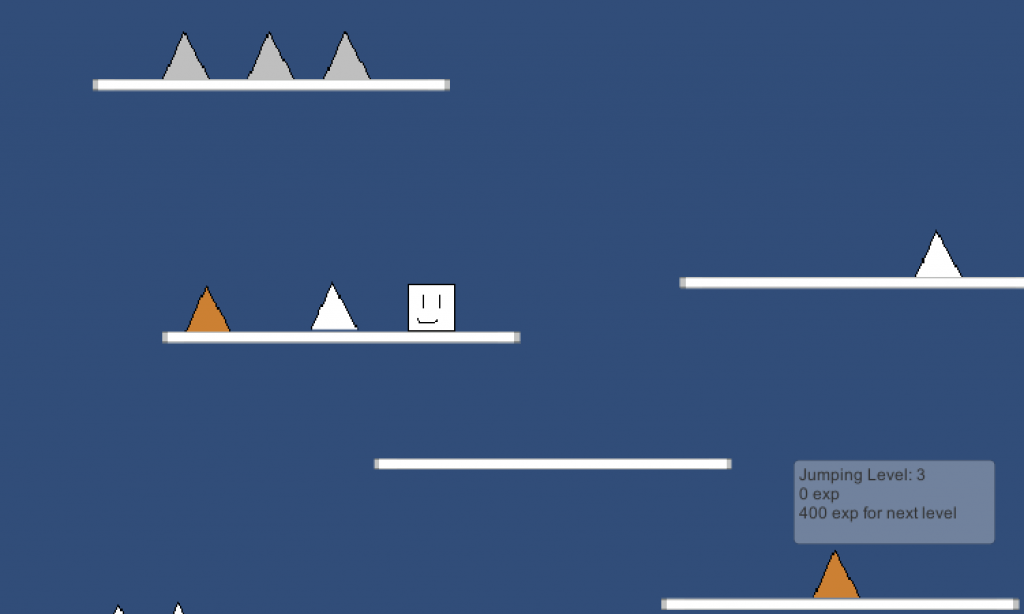
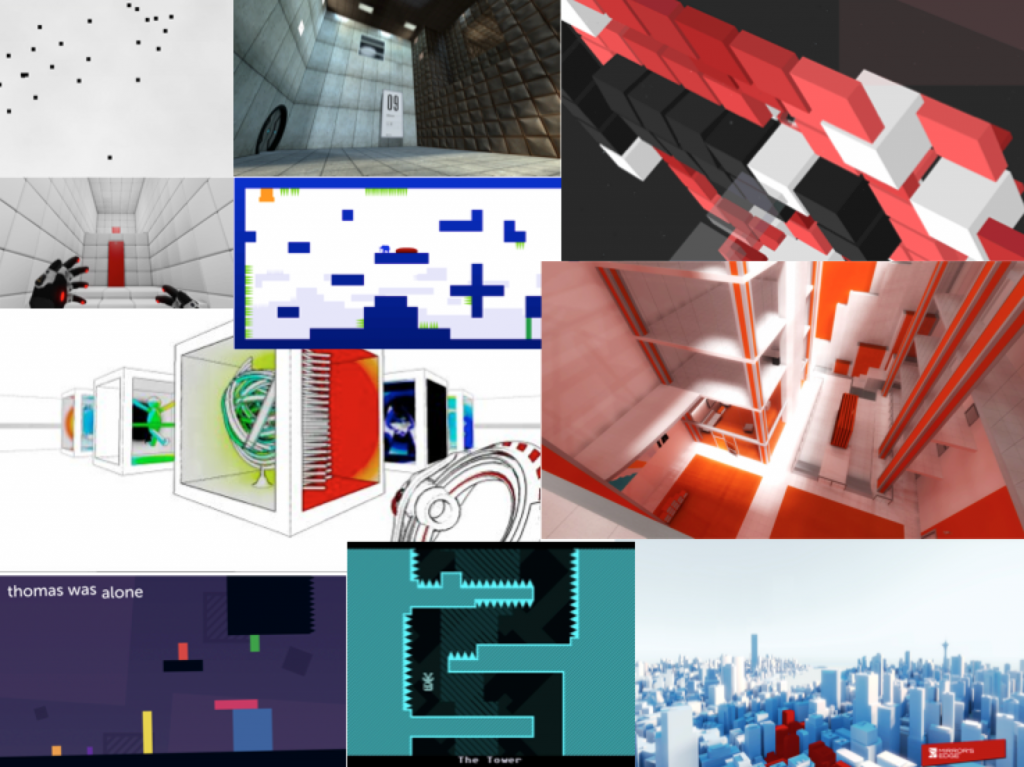
 John Carmack is a long-time veteran of Game Development, having won a lifetime achievement award, which at the time had gone to only a handful of people including Shigeru Miyamoto. He is best known as one of the founders of Id software, and as a co-creator of Doom, along with the equally well known game designer John Romero. I read Masters of Doom, a book chronicling the creation and development of Id Sofware.
John Carmack is a long-time veteran of Game Development, having won a lifetime achievement award, which at the time had gone to only a handful of people including Shigeru Miyamoto. He is best known as one of the founders of Id software, and as a co-creator of Doom, along with the equally well known game designer John Romero. I read Masters of Doom, a book chronicling the creation and development of Id Sofware.
